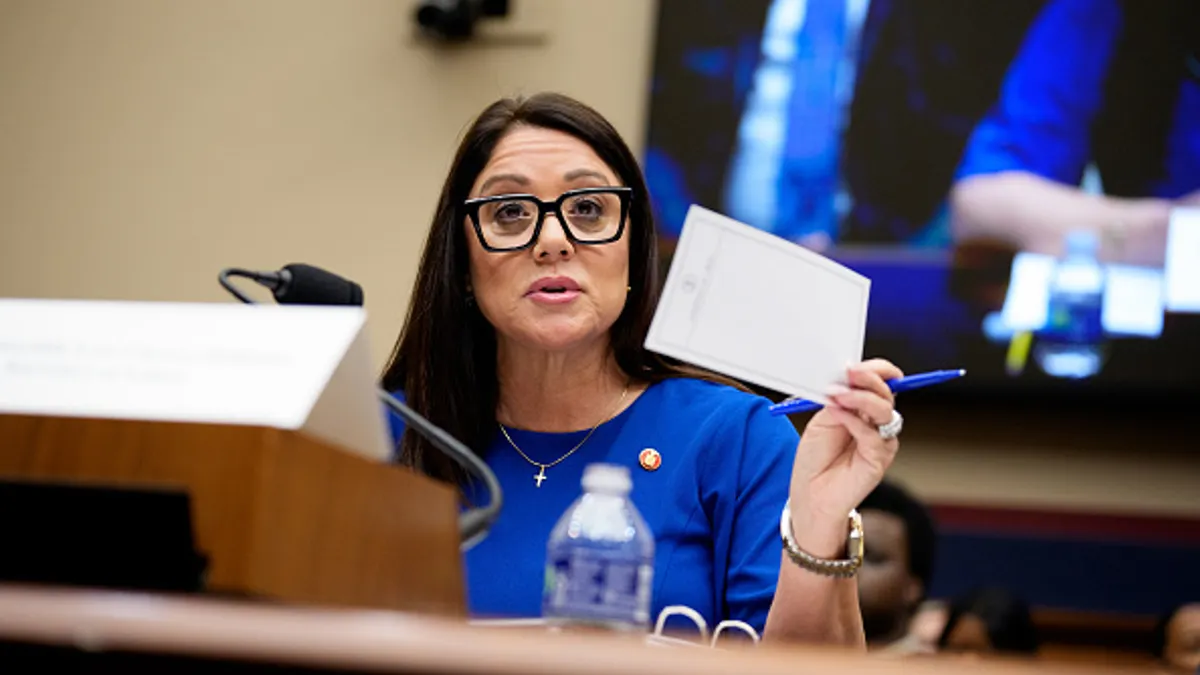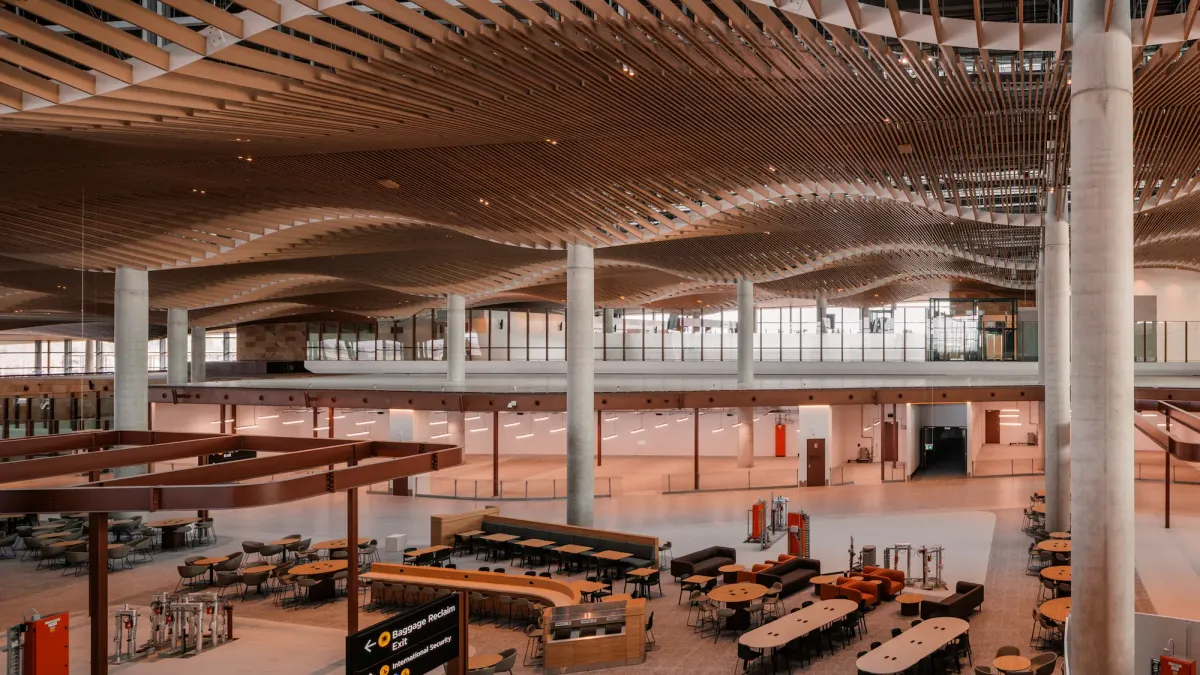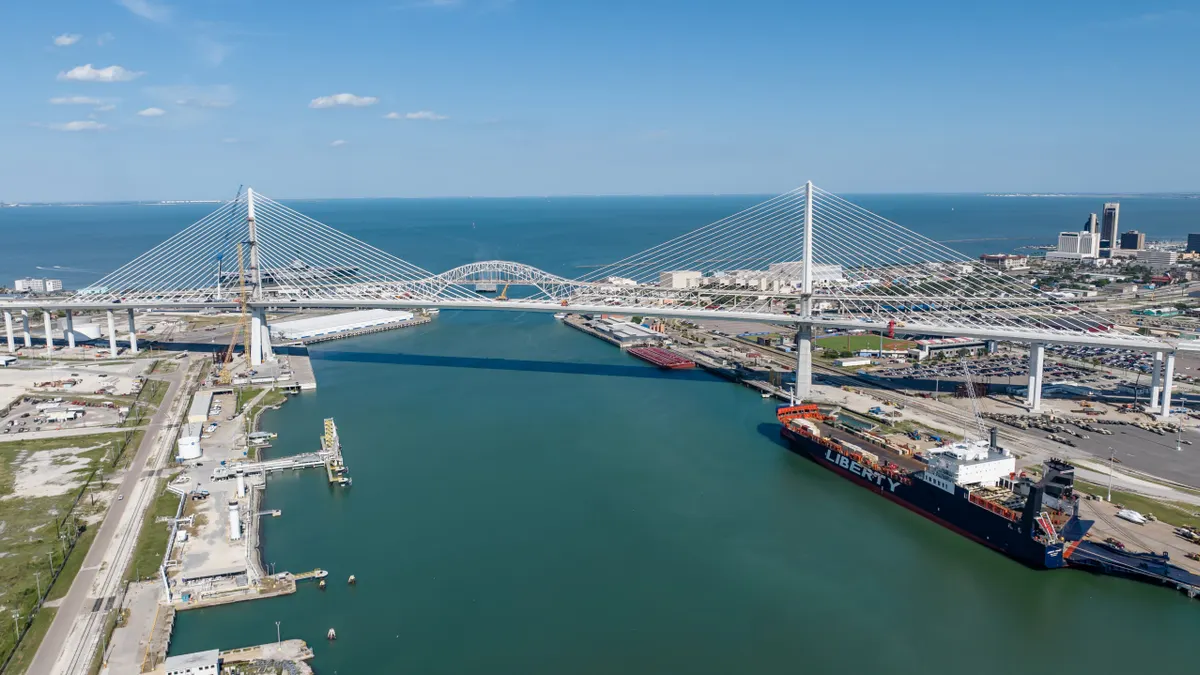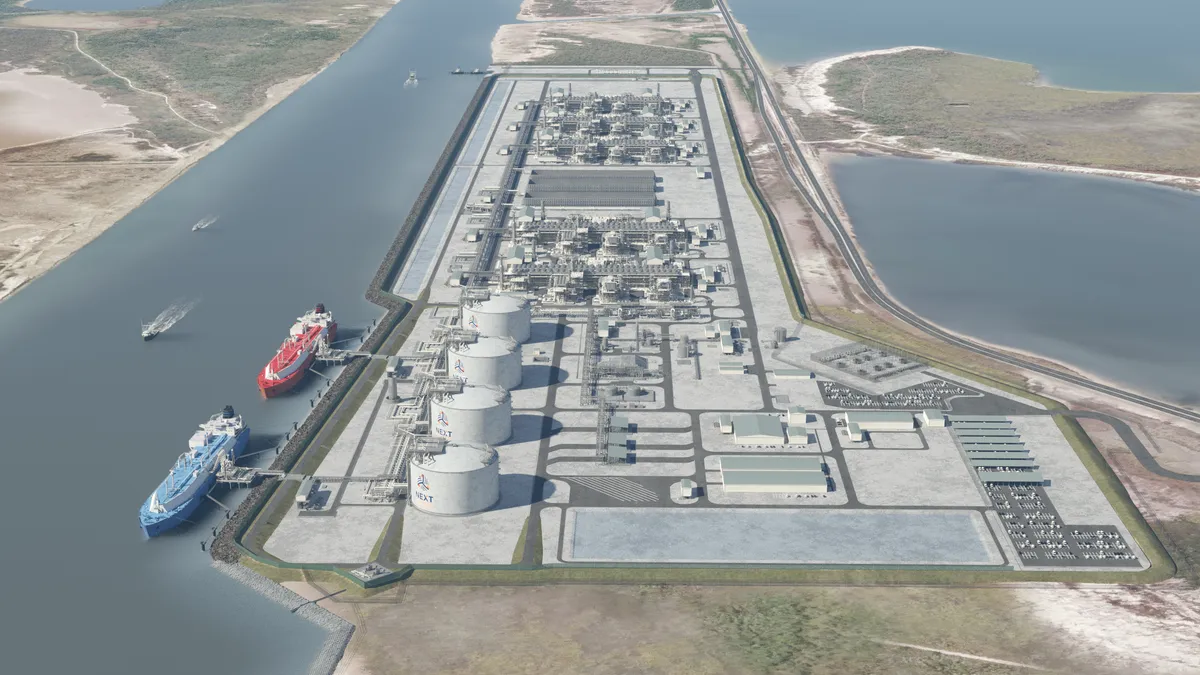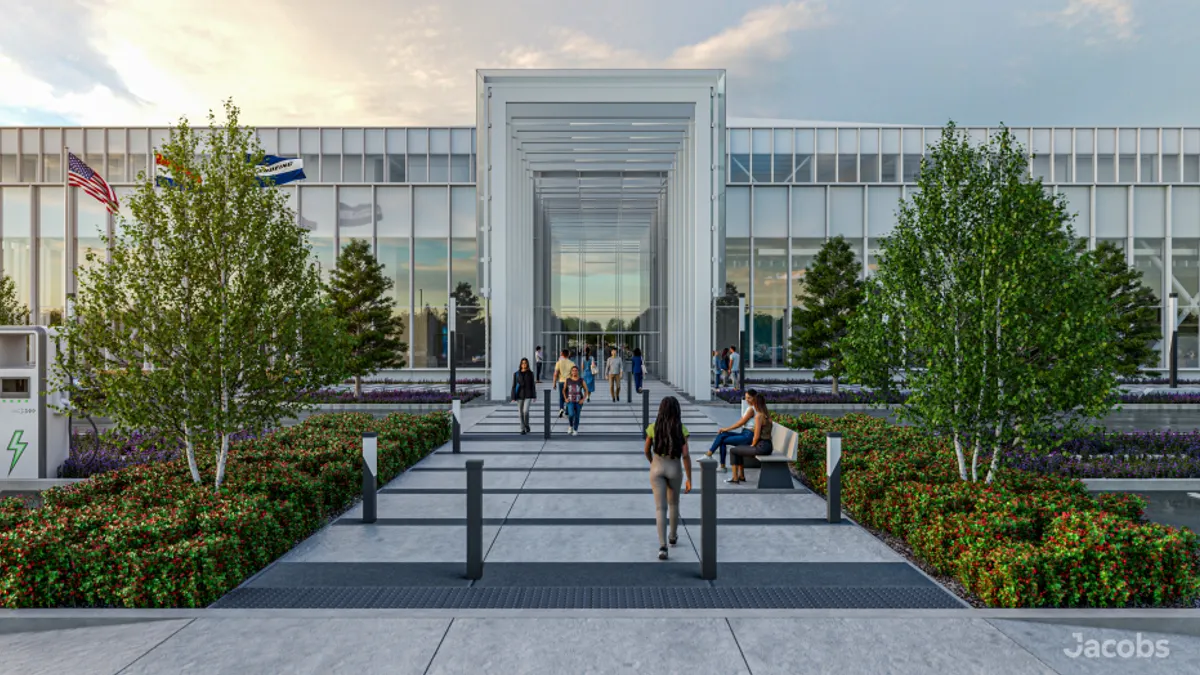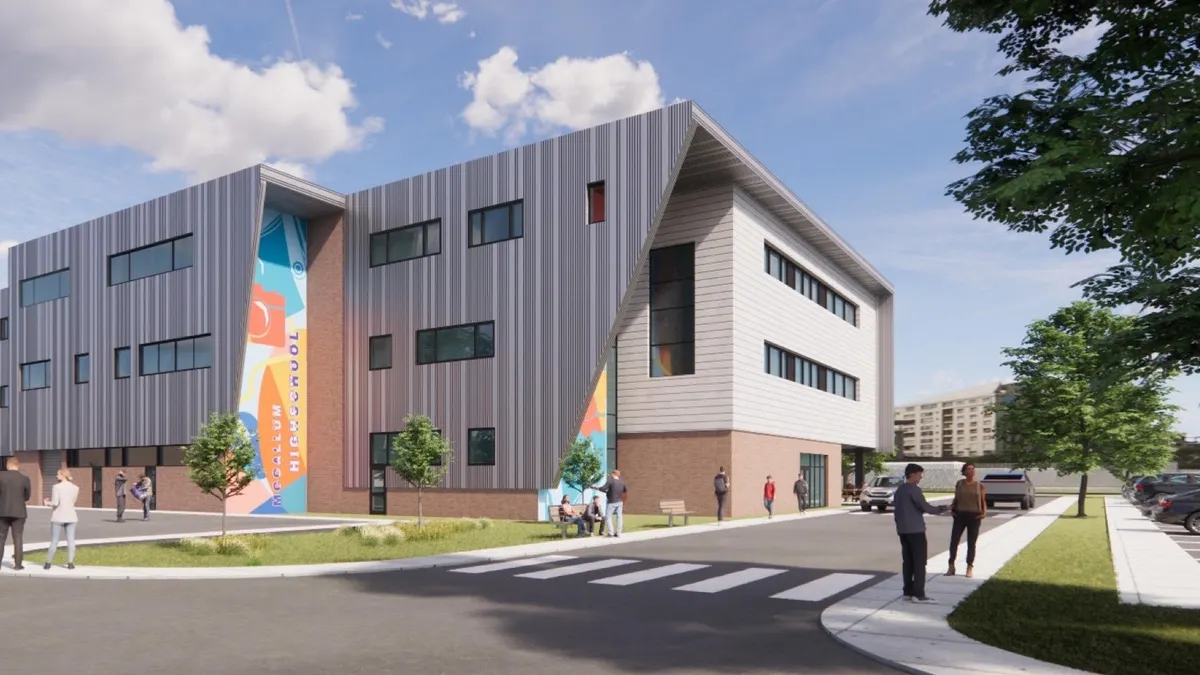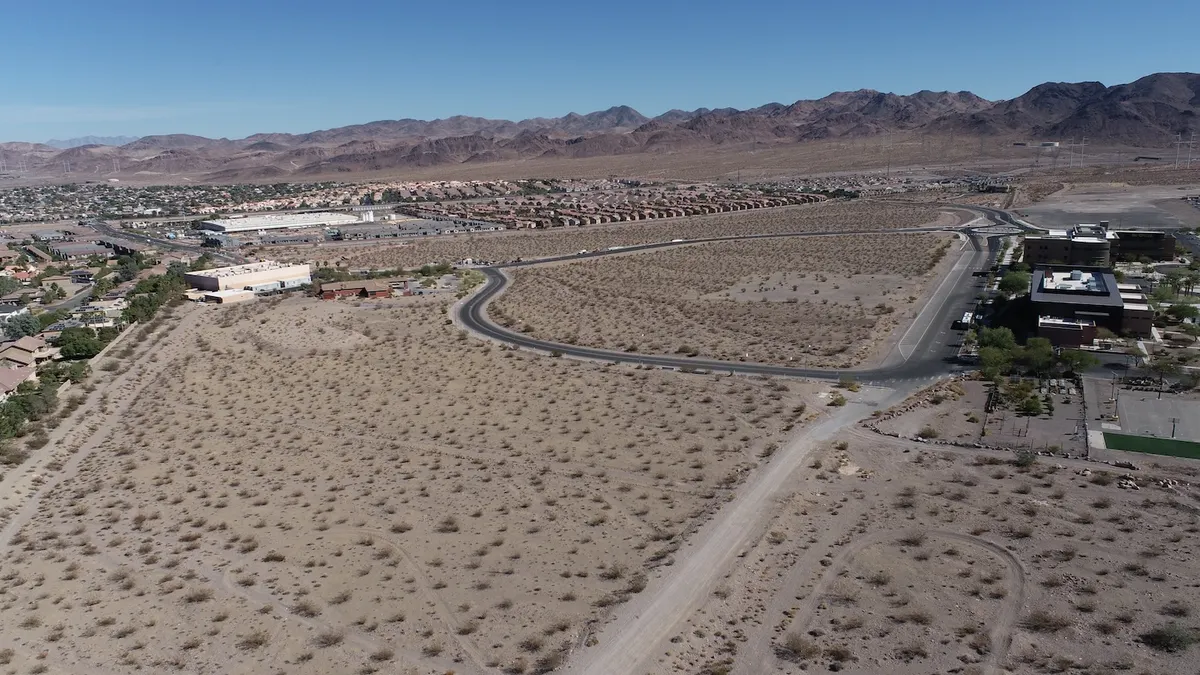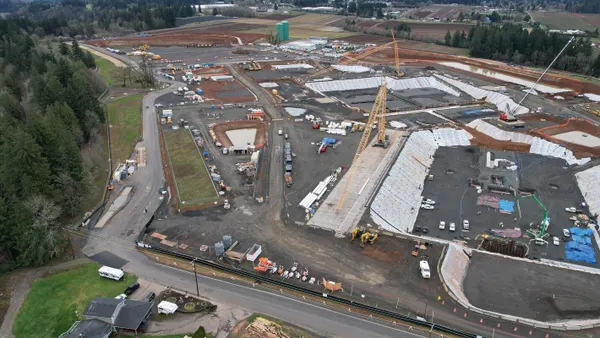Waterfront developments are both uniquely prized and uniquely vulnerable to extreme weather, and building a resilient waterfront project requires a multifaceted approach with all stakeholders involved, green construction experts said during a panel at the 2023 Greenbuild International Conference and Expo.
Storms and flooding exacerbated by climate change are a primary concern for waterfront sites, and floodplain management is a crucial consideration, said Joseph Sutkowi, chief waterfront designer officer at Waterfront Alliance, a New York City-based nonprofit focused on waterfront and shoreline development. Changes to the shape and velocity of water in a river system can have far-reaching effects, impacting communities both upstream and downstream, he said.
For example, when a near-record level of rain hit New York City at the end of September, it overwhelmed the city’s drainage systems and exposed the Metropolitan Transportation Authority’s vulnerability to floods.
“You also have to think about flooding on your own site,” said Sutkowi. “How do you protect against coastal storms? Then you also have to consider the climate hazards and how those are going to intensify storms, how precipitation is going to change and how a sea level rise will come into play.”
Other challenges include geotechnical concerns, corrosion control, stormwater runoff management and permitting complexities due to overlapping jurisdictions of multiple agencies, such local and state agencies and the Army Corps of Engineers, for example, said Sutkowi. Habitat preservation and public access requirements further complicate the process.
But waterfront projects remain worth pursuing, especially because of the economic opportunities and cultural significance of waterfront areas, said Sutkowi.
“People want to be on the waterfront, there’s incredible views, it’s something that can really increase the value of the property,” said Sutkowi. “Above all, whether it’s Brooklyn Bridge Park in New York City or the tiny botanic garden along the flat river in my hometown in Michigan, the waterfront is the flagship site in the community.”
Role of rating systems
Several rating systems already exist to facilitate the planning and construction of resilient waterfronts. These systems aim to incentivize both public and private development to exceed code requirements and promote sustainable practices.
For example, the Waterfront Alliance’s Waterfront Edge Design Guidelines consider factors like hazard assessment, flood management, access and marine habitats.
Other rating systems, while not exclusive to waterfronts, can still be adapted to address unique challenges posed by these projects. The U.S. Green Building Council’s Resilient Design Pilot Credits, for instance, covers climate hazard assessment, coastal storm protection, floodplain management and habitat restoration.
Waterfront design from a construction perspective
Resilient waterfront design nowadays should always take into account the inevitability of coastal hazards, including waves, high-intensity precipitation and surges, said Wayne Cobleigh, vice president at GZA GeoEnvironmental, a Norwood, Massachusetts-based construction management services firm.
For that reason, general contractors should focus on three focus areas: namely people, operations and buildings, said Kayla Reddington, regional sustainability manager at New York-based Turner Construction. It’s not just about designing buildings that can withstand environmental challenges, she said, but about ensuring construction activities can also proceed smoothly, even in the face of adverse conditions.
Timely responses to issues during construction and the flexibility to adapt to changing circumstances remain essential. To do this, she emphasized that resilience requires collaboration. General contractors need to work closely with architects, engineers and other stakeholders to execute these strategies effectively.
Reddington pointed to the David H. Koch Center for Cancer Care at Memorial Sloan Kettering Cancer Center to drive home this concept. Facing risks posed by the East River in New York, resiliency measures on the project included elevating critical equipment and creating an extensive flood barrier system, she said.
Another case study included the redevelopment of a former Monsanto chemical site, said Cobleigh. Project teams had to deal with soil contamination and took measures to clean the soil and create a resilient design to combat future flooding. That project achieved LEED Platinum certification due to various sustainable features, including a livable shoreline that protects against erosion.
“Some of the key takeaways and priorities are that this is obviously a collaborative process,” said Reddington. “We have folks from a lot of disciplines here representing how important it is that that collaboration is starting as early as possible.”
The Greenbuild conference is owned by Informa, the parent company of Industry Dive.





